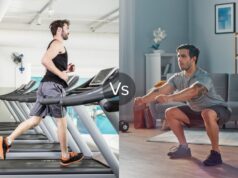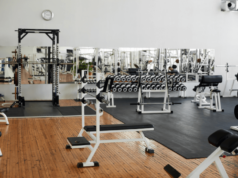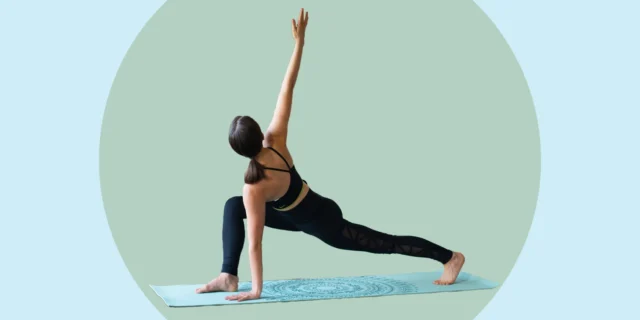
As you lead your daily life, maintaining a flexible body can positively influence your overall health and well-being. Physical flexibility, often underestimated, can contribute significantly to improved body function and reduced risk of injuries. Whether you’re an athlete or someone who spends most of the day in a chair, the benefits of flexibility are universal.
However, you might not always find the time or resources to hit the gym and work on it. Fret not; this article will guide you through several effective strategies you can implement at home to enhance your flexibility.
Understand the Basics of Flexibility
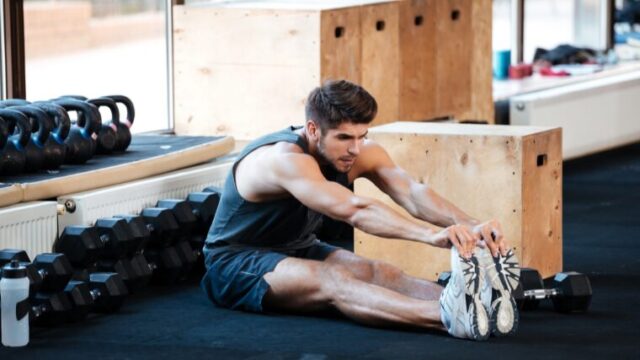
What is Flexibility?
Flexibility refers to the ability of your joints and the muscles surrounding them to move freely through their full range of motion. It’s a vital aspect of fitness, contributing to improved physical performance, decreased risk of injuries, and better posture.
Why is it Important?
An increase in flexibility aids in the prevention of injuries, reduces muscle soreness post-exercise, enhances athletic performance, and improves functional abilities such as reaching, bending, or twisting during daily activities.
Steps to Increase Flexibility at Home
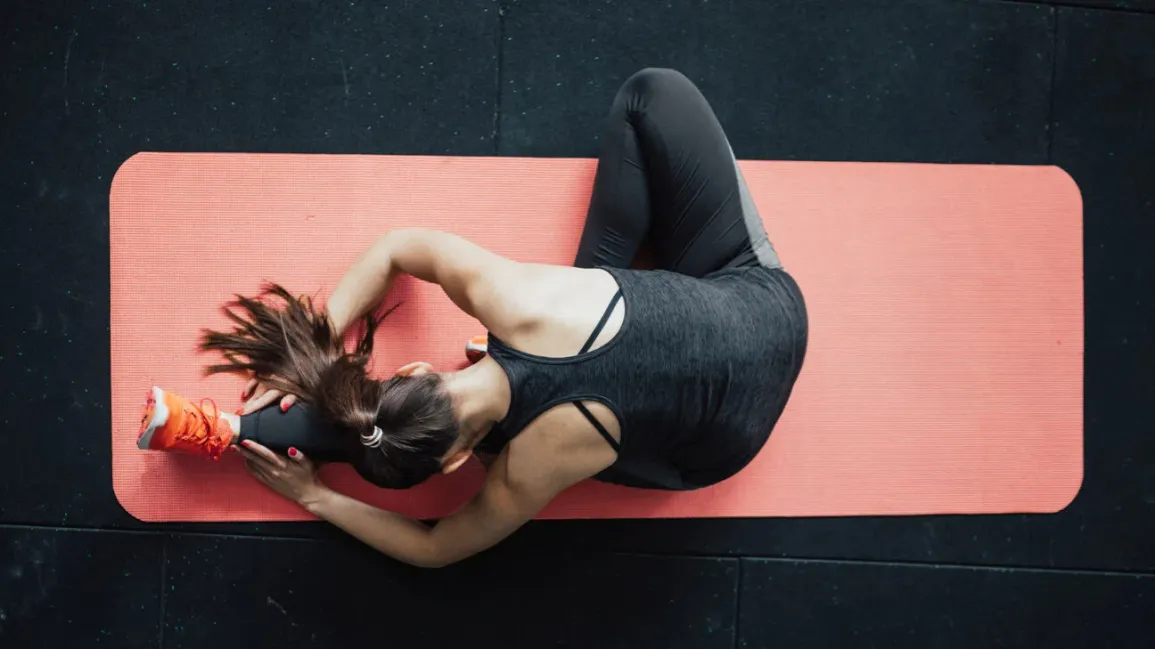
Warm-Up Before Stretching
It’s beneficial to warm up before beginning any stretching routine. A warm-up increases your heart rate, body temperature, and blood flow to the muscles, preparing your body for the exercise to follow.
Incorporate Static Stretches
Static stretching involves holding a stretch for a certain amount of time, usually between 15-60 seconds. These stretches are performed at the end of your workout session when your muscles are already warm, to help increase overall flexibility.
Try Dynamic Stretching
Unlike static stretches, dynamic stretching involves moving parts of your body through a full range of motion repetitively. These stretches are usually performed before a workout to prepare the muscles for the activity.
Practice Yoga
Yoga is a proven method for improving flexibility. It involves a series of poses that stretch and strengthen various muscle groups. Yoga can be done at home with minimal equipment.
Utilize Online Resources
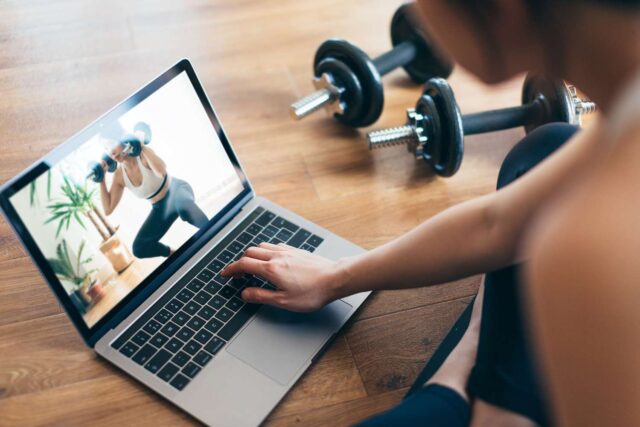
The internet is a great place to find resources to aid your flexibility training at home. In fact, you can access numerous free stretching videos that guide you through various stretching exercises and yoga poses.
Stay Consistent
Flexibility doesn’t improve overnight. It’s essential to stay consistent with your stretching routine to see progress. Aim to incorporate stretching into your routine daily or at least three times a week.
Opt for PNF Stretching
What is PNF Stretching?
Proprioceptive Neuromuscular Facilitation (PNF) stretching is a technique that uses reflexes and neuromuscular principles to relax the muscles being stretched. This method typically requires a partner to provide resistance, allowing you to relax and then stretch the muscle group being targeted.
Benefits of PNF Stretching
PNF stretching can be highly effective for increasing flexibility. It enables you to stretch deeper than you could with traditional static stretching, improving muscle elasticity and enhancing flexibility.
Incorporate Flexibility into Your Daily Routine
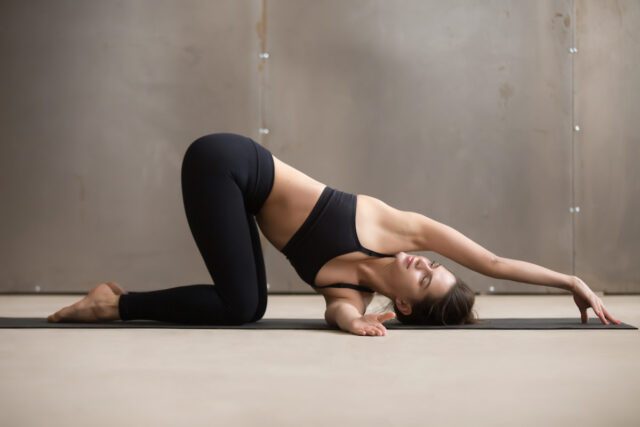
Flexibility exercises don’t necessarily have to be a separate part of your workout. Here are a few ways you can incorporate flexibility into your everyday life:
During Daily Activities
Think about the range of motions involved in your daily activities. Are you sitting at a desk all day? Make it a habit to stretch every hour. Maybe you can stretch while watching TV or even when you’re cleaning up. The key is to make stretching a regular part of your daily routine.
Incorporate into Your Workouts
If you already have a workout routine, try to incorporate flexibility exercises. You can do dynamic stretching before your workout and static stretching afterward. This way, you’re not only improving your flexibility but also enhancing your workout efficiency.
Listen to Your Body
Last but not least, listen to your body. It’s important to stretch regularly and consistently, but it’s equally important to give your body the rest it needs.
Know Your Limits
While stretching, you should feel a slight pull on your muscles, but you should not feel pain. If you do, you’re probably pushing too hard. Learn to understand the difference between good pain (the discomfort of a stretch) and bad pain (the sharp pain of an injury).
Rest and Recover
Rest days are critical in any fitness regimen. Your muscles need time to recover, especially after intense stretching or workout sessions. It’s during this rest period that your muscles repair, grow, and increase in flexibility. Taking the necessary time for rest and recovery is essential for optimizing your athletic performance and preventing injuries.
During rest days, your body undergoes various processes that contribute to your overall fitness progress. Not only do your muscles recover, but your central nervous system also gets a chance to recharge. This rejuvenation helps you maintain focus, coordination, and overall mental clarity when you return to your regular training routine.
In addition to physical recovery, rest days offer mental benefits as well. Engaging in high-intensity workouts can be mentally taxing, and taking a break allows you to decompress and reduce stress levels. Incorporating relaxation techniques such as meditation or deep breathing during your rest days can further enhance their effectiveness.
Furthermore, proper nutrition plays a significant role in maximizing the benefits of rest and recovery. Fueling your body with the right nutrients helps replenish glycogen stores, repair damaged tissues, and support overall healing processes. Adequate hydration is equally important in facilitating these bodily functions.
Conclusion
In conclusion, improving flexibility is a journey that involves understanding your body’s needs and capabilities. With consistent practice, the right techniques, and by incorporating flexibility exercises into your everyday life, you can achieve and maintain good flexibility without stepping foot in a gym. Remember that rest and recovery are equally crucial in your fitness journey, so don’t neglect them. Embrace the balance between training and resting, and you’ll experience the full potential of your physical capabilities. So, prioritize rest, listen to your body, and watch as your fitness levels soar to new heights.

